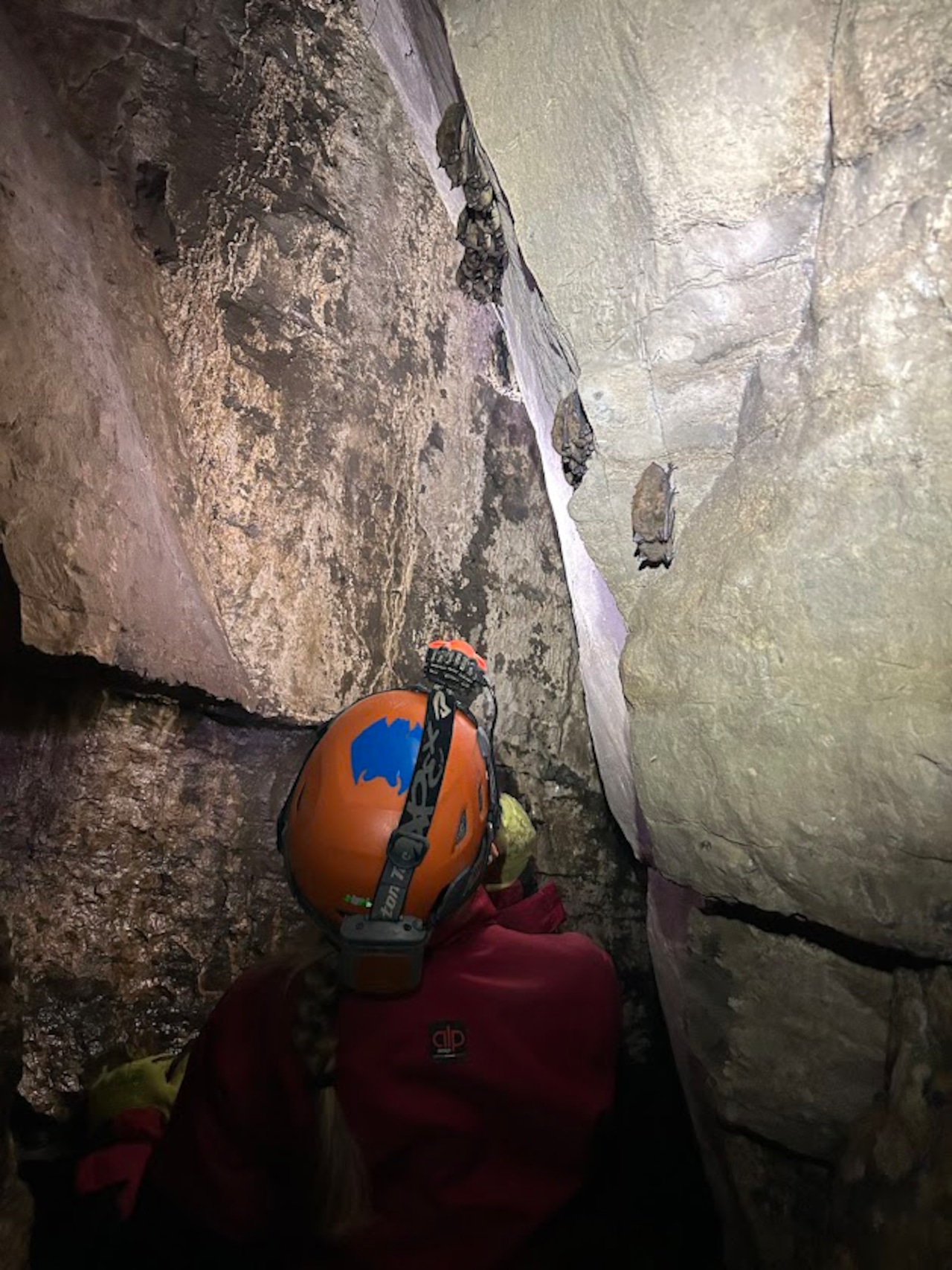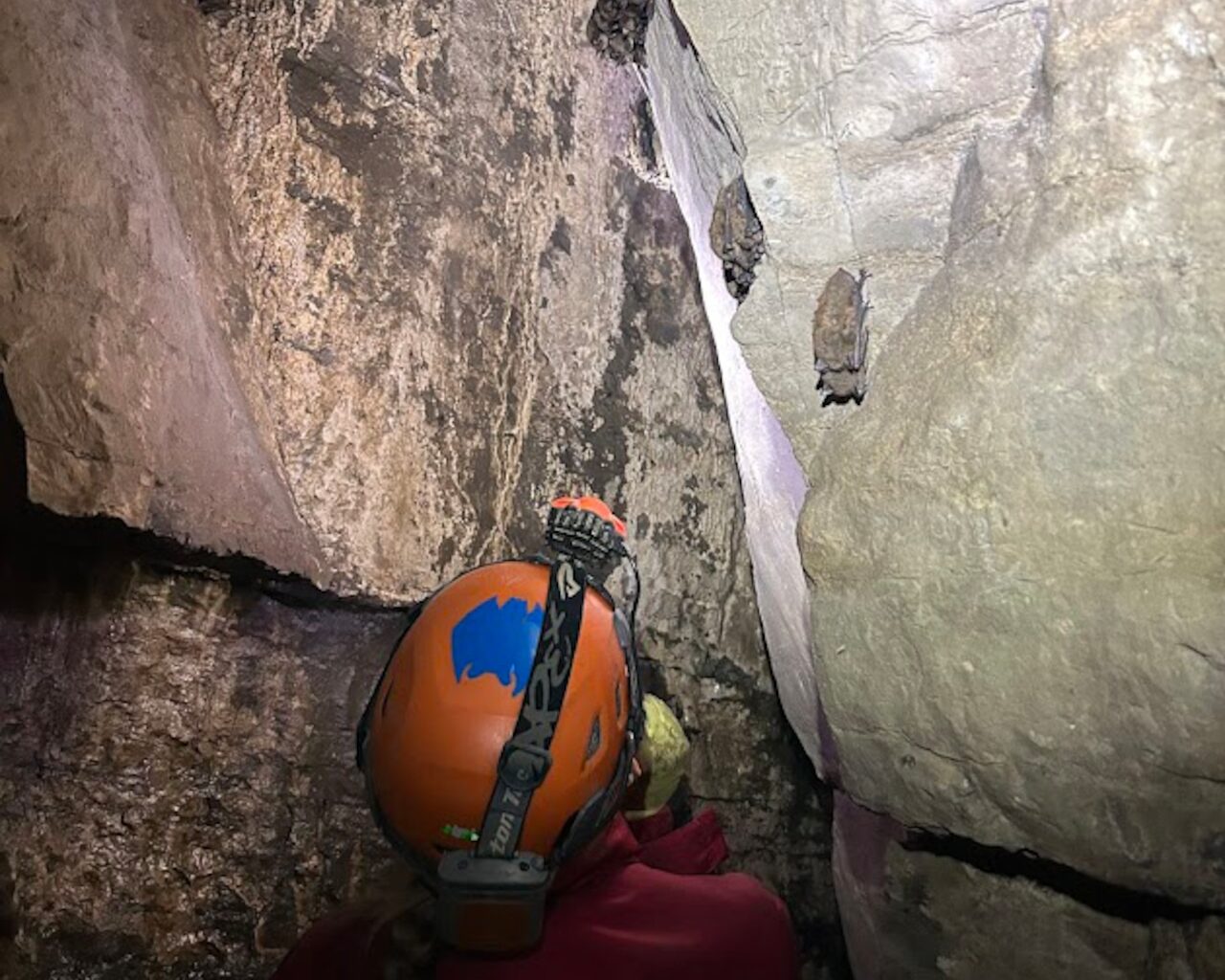One.
That’s how many Indiana bats are known to be living in CNY according to results of a New York State Department of Environmental Conservation field survey conducted in the beginning of the year.
Indiana bats are protected by the federal Endangered Species Act and New York Endangered Species law.
DEC declined to provide results of past bat surveys, which it conducts every two years, citing risks to the bats if their hibernation locations were made public.
It’s unclear what the presence of one hibernating Indiana bat means in the broader context of CNY’s Indiana bat population. Survey data are not a proxy for population size due to the limited areas that can be safely surveyed, DEC said.
The question is significant because the tiny, winged mammals have already delayed plans by Micron Technology to build the largest semiconductor manufacturing complex in the country in the town of Clay.
Micron conducted acoustic surveys in 2023 that detected seven different bat species roosting on its future campus. Among those were endangered Indiana and northern long-eared bats.
The recent DEC field survey that turned up one Indiana bat found no northern long-eared bats.
While Micron’s bat surveys indicate the presence of many more Indiana bats than what DEC found hibernating in CNY last winter, they can’t determine the number of bats roosting on some 445 acres of forested land the company hopes to begin clearing this winter in preparation for construction.
 DEC biologists found just one endangered Indiana bat during a CNY field survey conducted in the beginning of the year. The bats shown here are from that survey. All but one are little brown bats.NYS DEC
DEC biologists found just one endangered Indiana bat during a CNY field survey conducted in the beginning of the year. The bats shown here are from that survey. All but one are little brown bats.NYS DEC
Before a single tree can be cut, federal and state regulators must approve Micron’s draft mitigation plan that will result in a net conservation benefit to the bat species displaced by the project.
DEC said it is coordinating with U.S. Fish and Wildlife Service and Micron on such a plan.
Micron provided a broad description of possible bat mitigation measures it might take in its draft environmental impact report, to include purchase of twice the amount of roosting habitat lost in construction of the plant, and funding for bat conservation programs in NY.
The public has until midnight on Monday, Aug. 11, to submit comments on Micron’s draft environmental impact report, which detailing potential impacts the project will have on everything from traffic, to population growth, to bats.
Why are Indiana bats endangered in NY?
In 2006, the Indiana bat population in NY stood at 41,000 before plummeting 71% due to the spread of white nose syndrome, a fatal fungal infection first discovered in 2006 in a cave in Schoharie County.
In New York, approximately 13,000 Indiana bats are known to exist in 17 hibernacula (places where bats hibernate such as caves and mines) spread around eight upstate counties, according to DEC.
Onondaga County is home to two Indiana bat hibernacula.
All cave-hibernating bat species in the state were devastated by WNS. Little brown bats, once the most common bat in NY with a population of 1.5 million, nosedived to a current hibernating population of 95,000.
Little brown bats are the only species affected by WNS to start showing signs of a population increase since 2006. DEC biologists counted 1,168 little brown bats in its recent CNY field survey.
Steve Featherstone covers the outdoors. Contact him at sfeatherstone@syracuse.com.
If you purchase a product or register for an account through a link on our site, we may receive compensation. By using this site, you consent to our User Agreement and agree that your clicks, interactions, and personal information may be collected, recorded, and/or stored by us and social media and other third-party partners in accordance with our Privacy Policy.
